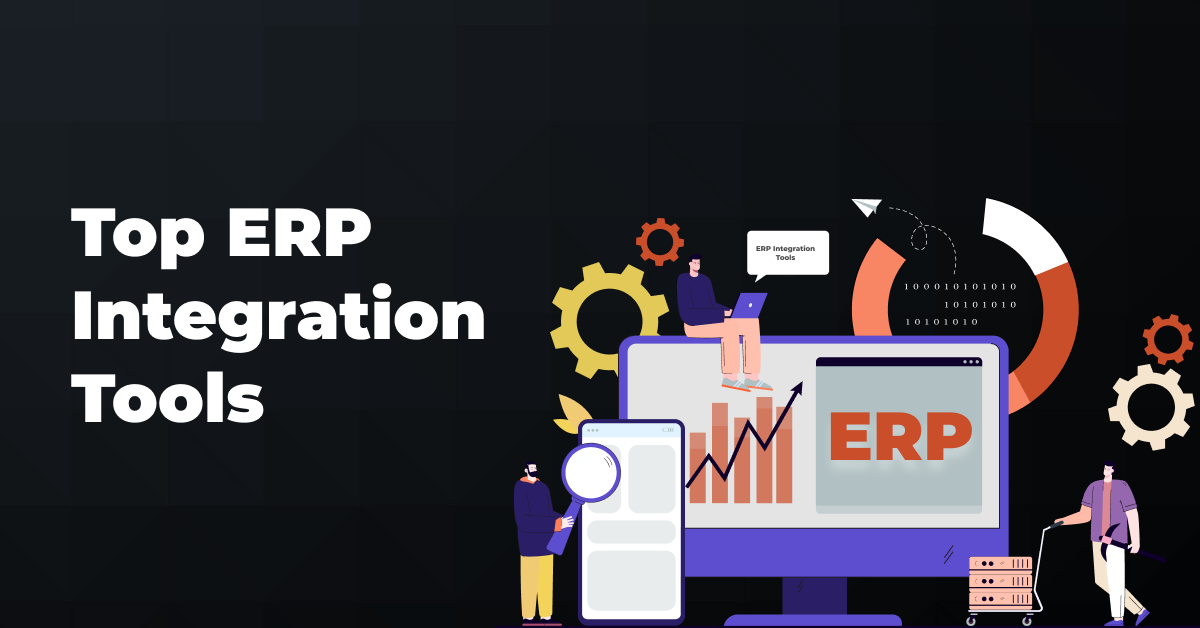Imagine this: Our sales team would close a big deal, and the data would sit in their CRM. Meanwhile, our operations team was scrambling to manually input that order into our inventory system, often leading to delays, errors, and frustrated customers. Our financial department? They were practically historians, constantly chasing down invoices and trying to reconcile numbers from disparate spreadsheets. It was a mess, a glorious, profitable, but utterly exhausting mess.
That’s when I stumbled upon the magic words: ERP (Enterprise Resource Planning). It was like discovering the conductor for our chaotic orchestra, promising to bring harmony to our business processes. And it did! Our ERP streamlined so many internal functions – inventory, finance, HR – bringing them under one digital roof.
But here’s the kicker, the next big hurdle I encountered: an ERP alone isn’t magic. Especially when you work with partners. And let’s be honest, in today’s interconnected world, who doesn’t work with partners? Suppliers, distributors, e-commerce platforms, payment gateways, marketing agencies – they’re all integral parts of our business ecosystem. And just like our internal departments, they too needed to be on the same page, sharing data seamlessly with our shiny new ERP.
This, my friends, is where the unsung heroes of modern business step in: ERP Partner Integration Tools. Let me tell you about my journey of discovering these tools and how they transformed our business from a cacophony into a well-oiled, melodic machine.
The Silent Struggle: Why ERP Needs Friends (and Tools to Connect Them)
Before we dive into the "how," let’s revisit the "why." You see, an ERP system is designed to be the central brain of your internal operations. It manages your sales orders, tracks your stock, handles your accounting, and even oversees your human resources. It’s incredibly powerful.
However, the moment you interact with an external entity – a supplier sending you a new batch of goods, a distributor placing an order, a marketing platform sending leads – that data often lives outside your ERP’s immediate grasp.
Think about the old ways:
- Manual Data Entry: Your partner emails you a spreadsheet. You download it. You copy-paste. You re-type. Human error is inevitable, and it’s painfully slow.
- Data Silos: Information gets trapped in different systems. Your partner’s CRM has customer data, your ERP has sales data, your e-commerce platform has order history. None of them talk to each other, leading to incomplete pictures and missed opportunities.
- Outdated Information: By the time you manually update your systems, the data might already be old. Imagine your e-commerce site showing an item as "in stock" when a partner just bought the last batch. Not good for customer trust!
- Wasted Time & Resources: Your team spends valuable hours on administrative tasks that could be automated, taking them away from more strategic work.
- Strained Partner Relationships: Delays, errors, and a lack of real-time visibility can sour even the best partnerships.
I remember thinking, "There has to be a better way to make our ERP chat nicely with our partners." And there was!
The Unseen Heroes: What Exactly Are ERP Partner Integration Tools?
At their core, ERP Partner Integration Tools are the bridges, translators, and traffic controllers that allow your ERP system to communicate, exchange data, and automate workflows with your external partners’ systems. They break down those data silos, ensuring that information flows freely and accurately across your entire business ecosystem.
Don’t let the technical jargon scare you. For a beginner, think of it like this:
- Your ERP: The main office building.
- Your Partner’s System (e.g., their CRM, their warehouse management system): Another important office building down the street.
- Integration Tools: The secure, super-fast highway connecting these two buildings, complete with express lanes for specific data (like orders or inventory updates) and automatic translators so both offices understand each other perfectly.
These tools come in various forms, but their ultimate goal is the same: to create a seamless, automated flow of information.

